A Comprehensive Guide to Whole Wheat Pasta.
When it comes to culinary creativity, whole wheat pasta is a healthy substitute for regular spaghetti, which is a shining example of good health. The prevalence of entire wheat pasta continues to ascend as we clear our path through the difficult scene of careful eating and solid living. In this blog, we will properly guide you through the experiences, nutritional advantages, preparation advice, and creative recipes that show whole wheat pasta’s special features.
Creative whole-wheat Pasta Recipes
1. Mediterranean Veggie Delight:
- Ingredients: Artichoke hearts, feta cheese,Kalamata olives, fresh basil, garlic, olive oil, and salt and pepper are combined with whole wheat pasta.
- Method: Saute garlic in olive oil; add cherry tomatoes, olives, and artichoke hearts. Toss with cooked whole wheat fusilli and sprinkle with feta, fresh basil, salt, and pepper.
2. Creamy Spinach and Walnut Pesto Pasta:
- Ingredients: whole wheat spaghetti, fresh spinach, walnuts, garlic, nutritional yeast, olive oil, lemon juice, salt, and pepper.
- Method: Blend spinach, walnuts, garlic, nutritional yeast, olive oil, and lemon juice. Toss the pesto with the cooked whole wheat spaghetti and season with salt and pepper.
3. Lemon Garlic Shrimp Whole Wheat Lingua:https://amzn.to/3SJxAvV
- Ingredients: whole wheat linguine, shrimp, garlic, lemon zest, lemon juice, cherry tomatoes, parsley, red pepper flakes, salt, and pepper.
- Method: Saute shrimp and garlic, add lemon juice, lime juice, cherry tomatoes, and cooked whole wheat linga. Add some fresh parsley and red pepper flakes as garnish.

whole wheat pasta
Ingredients
- 400g whole wheat pasta
- 1 tablespoon olive oil
- 3 cloves garlic, minced
- 1 cup cherry tomatoes, halved
- 2 cups fresh spinach
- ¼ cup grated Parmesan cheese
- Salt and pepper to taste
- Fresh basil for garnish
Notes
- Customize the dish by adding protein like roasted chicken or chickpeas.
- Experiment with additional vegetables for more flavor and nutrition.
- Adjust the seasoning according to your taste preferences.
Cooking Tips For Chana Dal Step-by-Step
Achieving the ideal texture and flavor with whole wheat pasta requires some attention to cooking techniques. Here are essential tips to enhance your whole wheat pasta experience:
Salt the water generously.
- Like traditional pasta, whole wheat pasta benefits from cooking in well-salted boiling water.
Monitor cooking time:
- Whole-wheat pasta may take slightly longer to cook than white pasta. Follow the package instructions, but pay attention to the texture of the pasta. Al dente is the goal, ensuring a firm bite without being overly soft.
Stir and separate:
- Whole-wheat pasta tends to stick together more than its refined counterpart. Stir the pasta shortly after adding it to the boiling water, and stir occasionally throughout the cooking process to prevent clumping.
Reserve the pasta water.
- Before draining the cooked pasta, save a cup of the starchy pasta water. You can use this water to thin down sauces so they coat whole wheat pasta more effectively.
Pair with strong sauces:
- Whole-wheat pasta pairs wonderfully with hearty and robust sauces. Consider tomato-based sauces, olive oil and garlic, pesto, or herb-based mixes that complement the nutty flavor of pasta.

Banza Protein Rotini Chickpea Pasta, Protein Rotini Pasta – Gluten Free Veggie Pasta Rotini, High Protein Pasta Rotini, and Low Carb Rotini Pasta, 8oz
Nutritional Benefits
- Rich in fiber:
One of the primary benefits of whole wheat pasta lies in its high fiber content. The bran and germ components of wheat grains provide insoluble fiber, promote digestive health, and contribute to feelings of fullness. - Increased nutritional content:
Whole-wheat pasta retains a wider range of nutrients than its refined counterpart. It is a good source of essential minerals such as magnesium, zinc, and iron, as well as B vitamins such as folate. - Lower glycemic index:
Whole-wheat pasta has a lower glycemic index than white pasta, meaning it has a slower impact on blood sugar levels. This can be beneficial for those managing diabetes or aiming to stabilize their energy levels throughout the day. - Heart-healthy ingredients:
The presence of fiber, along with compounds like antioxidants and phytochemicals, contributes to heart health. Whole-wheat pasta is associated with lower cholesterol levels and a reduced risk of cardiovascular disease. - Continuous Energy Release:
The complex carbohydrates in whole wheat pasta provide a steady release of energy, making it an excellent choice for sustained fuel during physical activities or a busy day.
FAQ
1. Is whole wheat pasta good for you?
- Yes, whole wheat pasta is good for you. It’s a healthier alternative to refined pasta, providing more fiber, nutrients, and a lower glycemic index. Whole-wheat pasta promotes digestive health, provides sustained energy, and contributes to a well-rounded and nutritious diet.
2. Is whole wheat pasta full of carbs?
- Yes, whole wheat pasta contains carbohydrates, but it also provides complex carbohydrates, fiber, and nutrients. While it is not low in carbohydrates, the complex carbohydrates in whole wheat pasta provide more nutritional benefits than refined pasta, making it a healthier option.
3. How many carbs are in whole wheat pasta?
- The exact carbohydrate content of whole wheat pasta can vary depending on the brand and the specific product. On average, one cup of whole wheat spaghetti (cooked) contains about 37 grams of carbohydrates. It is important to check the nutrition label on the packaging for specific information on the product you are using.
4. How many calories are in whole wheat pasta?
- The number of calories in whole wheat pasta can vary depending on the specific brand and cooking method. On average, one cup of whole wheat spaghetti (cooked) contains about 174 calories. However, it is important to check the nutrition label on the packaging for accurate information, depending on the product you are using.
5. What is the difference between whole-wheat pasta and regular pasta?
- The main difference lies in the type of flour used. Whole wheat pasta is made from whole wheat flour, retaining the bran and germ for more fiber and nutrients. Regular pasta is made from pure wheat flour, with the bran and germs removed. Whole wheat pasta has a nuttier flavor, darker color, and higher nutrient content, while regular pasta is milder in flavor and lighter in color.
6. Is whole-wheat pasta or brown rice better?
- The choice between whole wheat pasta and brown rice depends on personal preferences and nutritional goals. Whole-wheat pasta is high in protein, while brown rice has a low glycemic index and provides unique nutrients. Both are nutritious options, and the better choice depends on specific dietary needs.
7. Which is healthier, rice or pasta?
- Brown rice, considered a whole grain, retains more nutrients and fiber than refined white rice. It has a low glycemic index and is often seen as a healthy choice.
- Whole wheat pasta: Made from whole wheat flour, it is high in fiber and provides more nutrients than traditional refined pasta

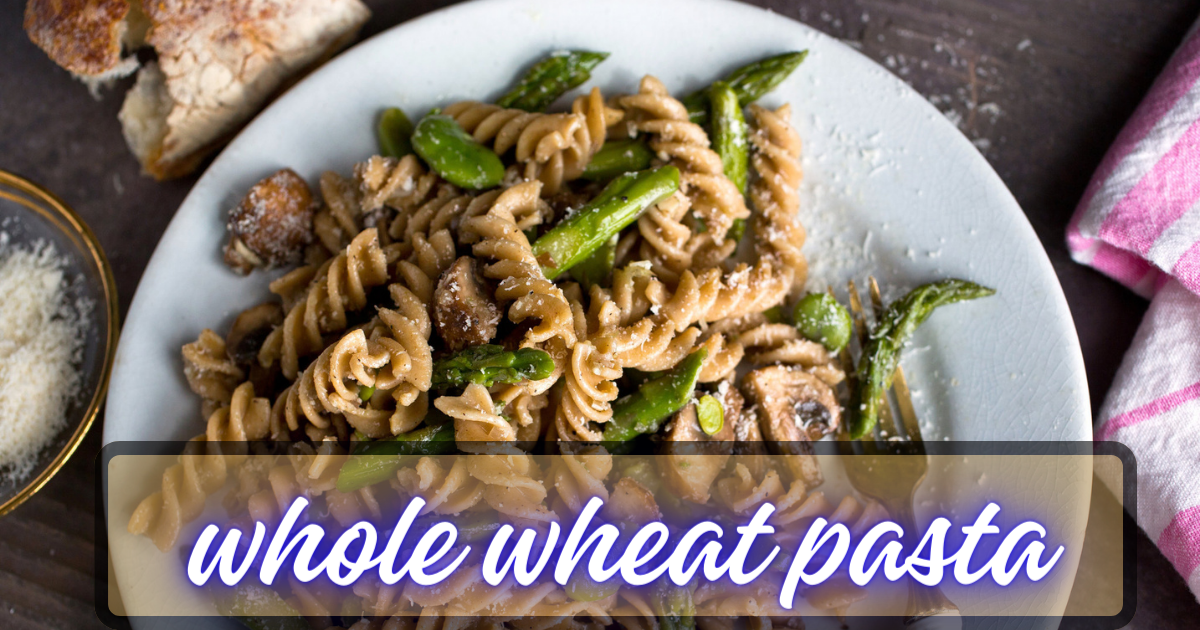


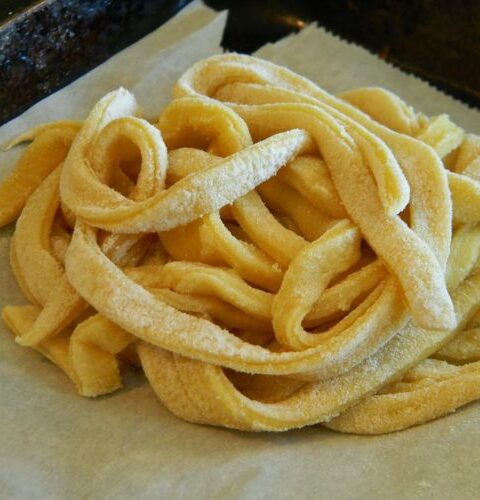
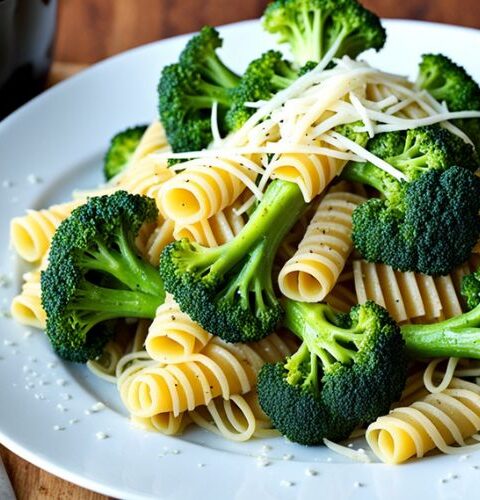
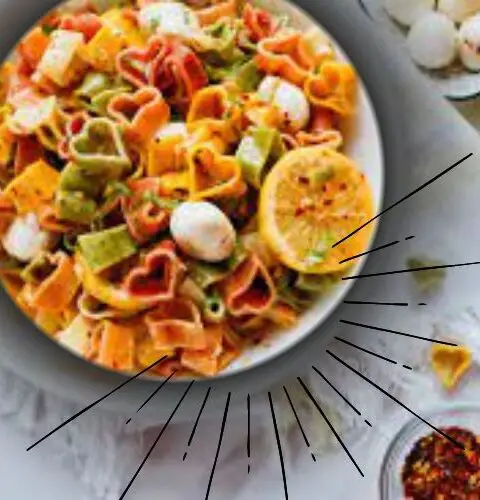

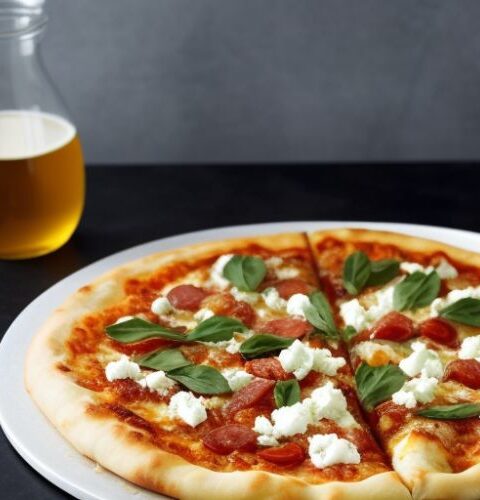
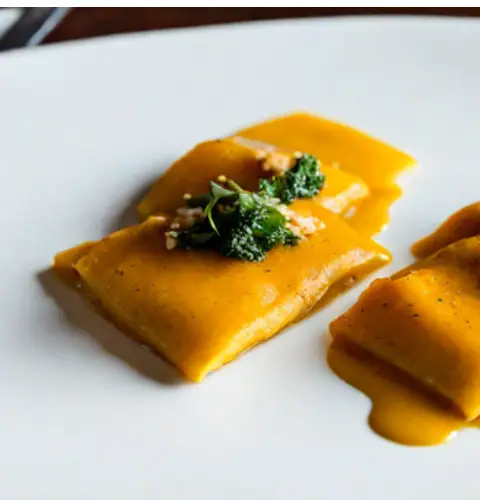
[…] Rich in Fiber DelightPerfect 10 Whole Wheat Pasta Bliss Unveiled […]
[…] Broccoli Parmesan Pasta Nutritional BenefitsPerfect 10 Whole Wheat Pasta Bliss Unveiled […]